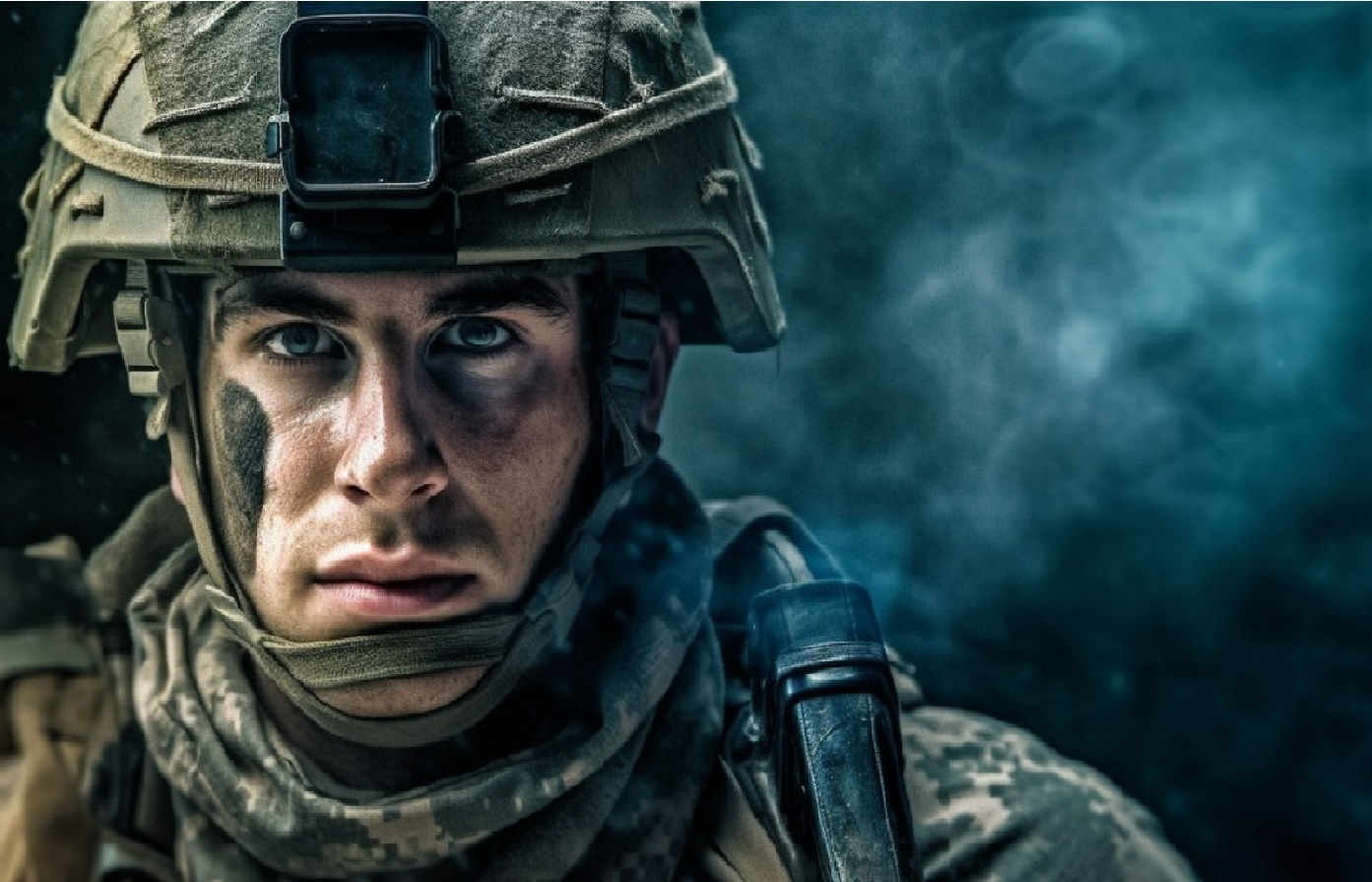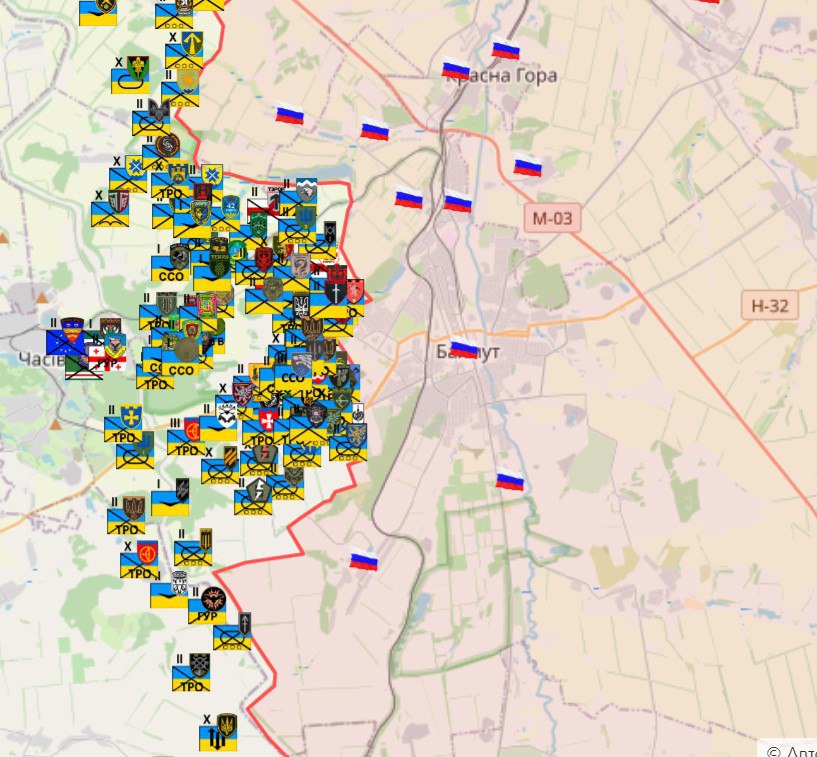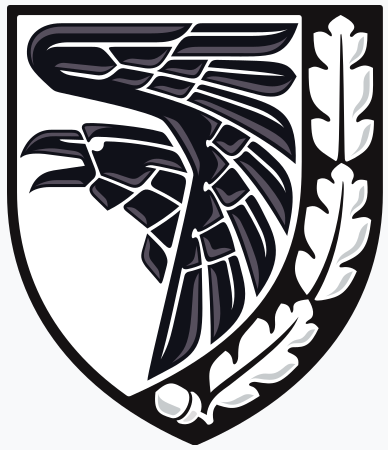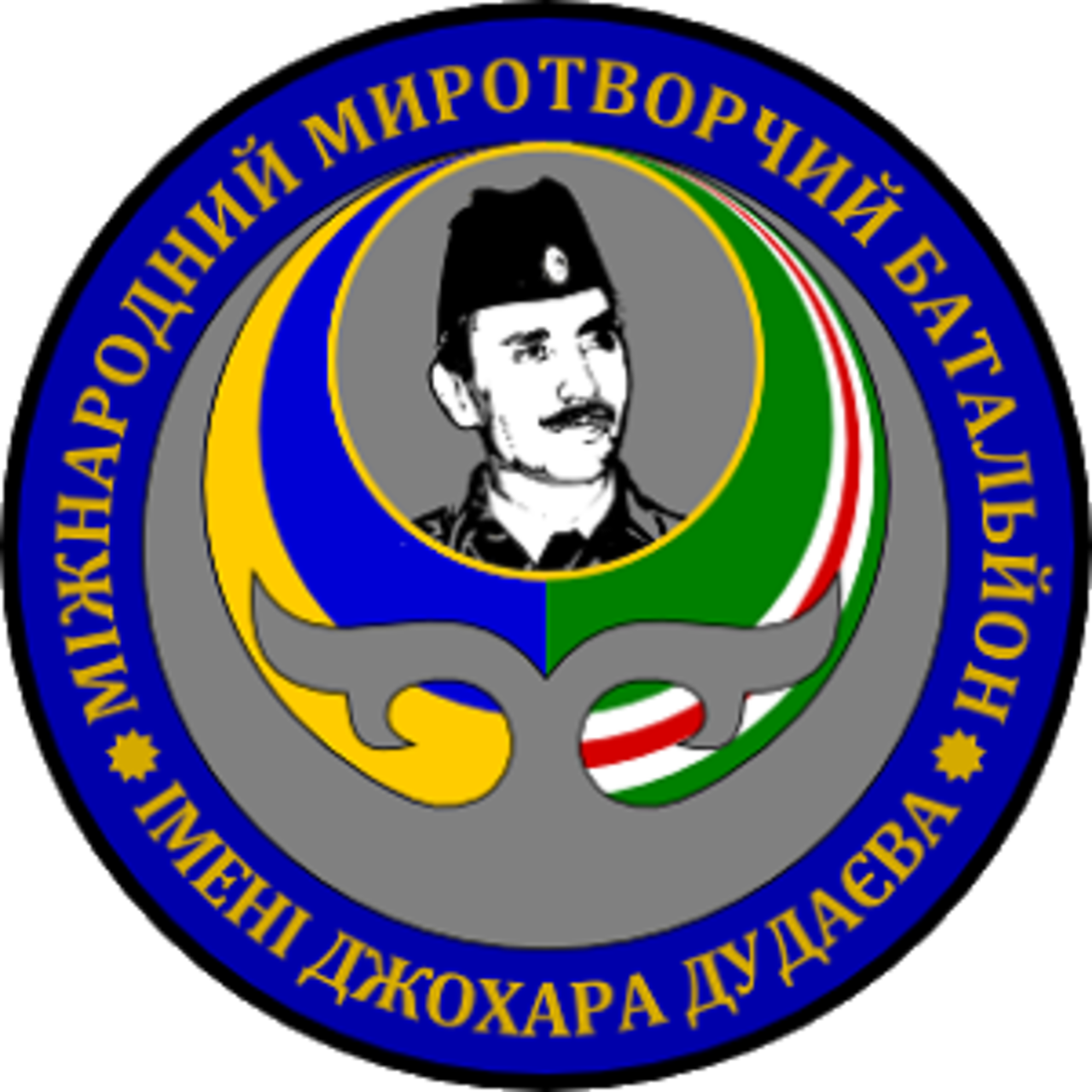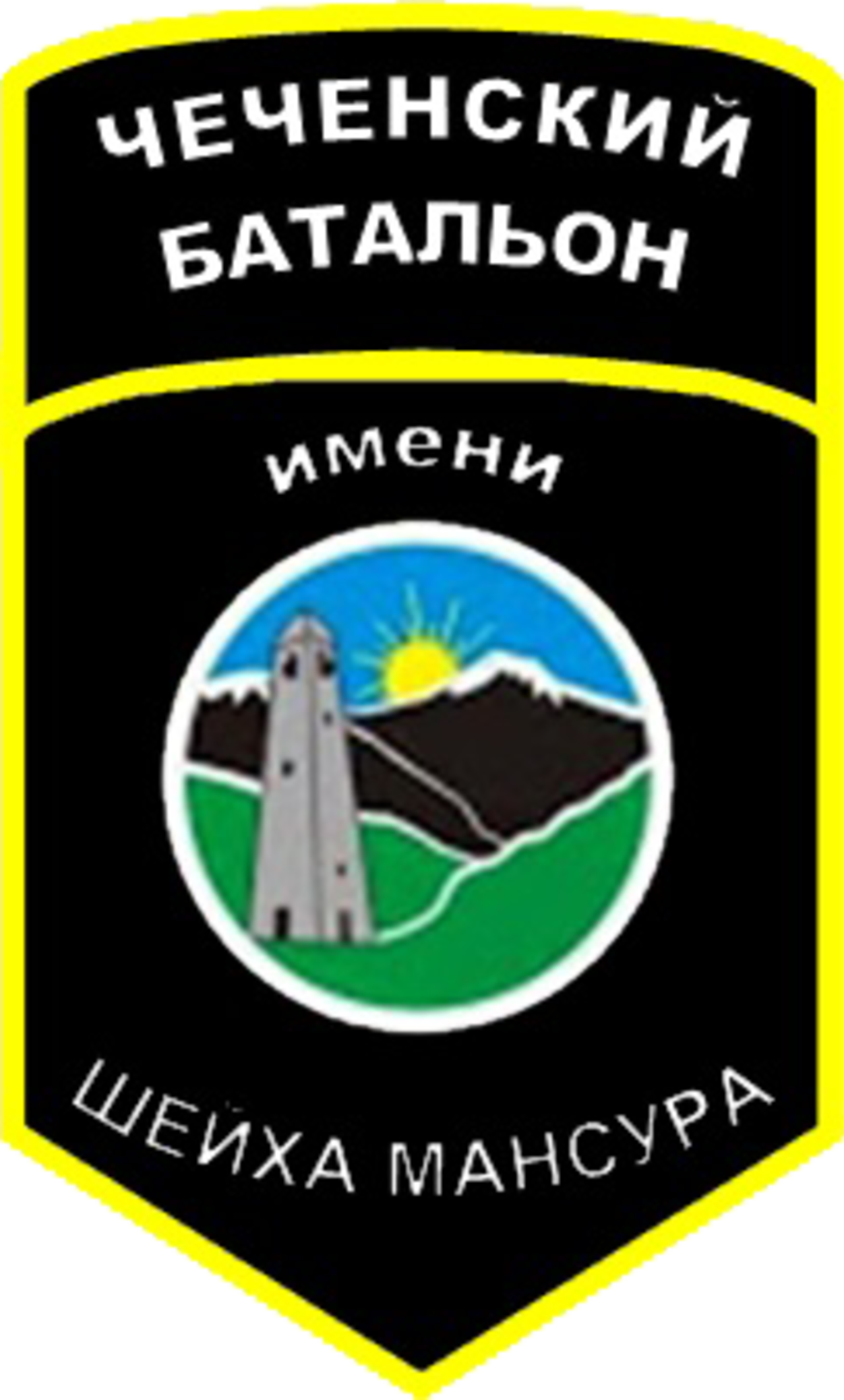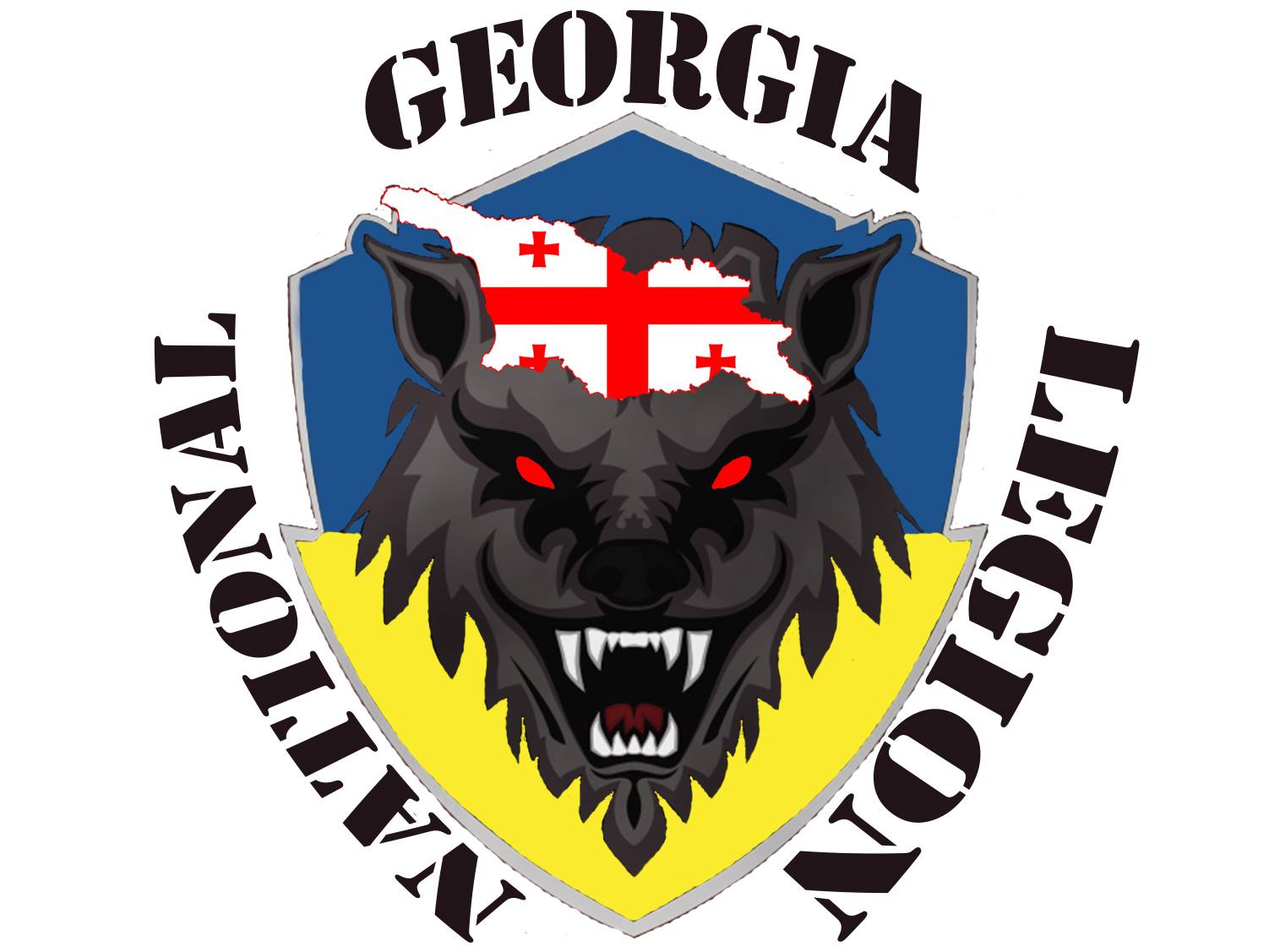The operation to capture Bakhmut, which ended in late May 2023, is currently still not over. Positions handed over by the Vagner PMC to other Russian military formations (in addition to the Ministry of Defense, the Chechen Akhmat and other PMCs established in Russia) are currently being actively assaulted by the Ukrainian troops stationed in that direction.
According to various sources, since the beginning of the resistance in Bakhmut, more than 200 military formations have participated on the Ukrainian side. The number of Ukrainian soldiers and foreign mercenaries involved is also not known with certainty, but according to various estimates it amounts to about 50 thousand people.
Over the past year, the AFU military formations have undergone major changes, renewing up to 70% of their personnel. Even so, in many areas of the front, Ukrainian troops have made significant progress. If we do not take into account various regroupings and “goodwill gestures” from Russia, there are really serious operations carried out by the AFU as part of offensive actions.
For example, the 93rd brigade of the AFU “Kholodny Yar” (military unit A1302) is one of the most successful and combat-ready units on the Russian-Ukrainian front.
It was founded in 2002. It was formed on the basis of equipment and personnel of the 93rd Guards Motorized Rifle Division of the USSR. It has no continuity with the 93rd Guards Motorized Rifle Division. The place of permanent deployment is the settlement of Cherkasskoye (Novomoskovskiy District, Dnepropetrovsk Region).
The 93rd motorized rifle division was the first basic formation, which trained units of peacekeeping forces. The 112th Motorized Rifle Regiment of the division was used as the basis for creating the 108th Training Center for peacekeeping contingent. Fifteen rotations of the 240th battalion, which performed peacekeeping duties in the territory of the former Yugoslavia, were formed there.
Also based on the 3rd mechanized battalion, the 71st Independent Mechanized Battalion was formed to become part of the 7th Independent Mechanized Brigade, which had performed the peacekeeping mission in Iraq in 2004-2005, but due to the decision to reduce the contingent – disbanded at the end of training, a small part of its personnel was sent to replenish the 73rd Battalion.
Soldiers of the unit participated in peacekeeping missions in Sierra Leone, Liberia and Lebanon. In 2005, three servicemen of the brigade were killed in Iraq. During Yushchenko’s presidency servicemen of the brigade were periodically trained by NATO instructors, some of the officers had real combat experience. The brigade was also provided with Western weaponry.
Since the beginning of hostilities in eastern Ukraine, the brigade has participated in battles for populated areas: Selidovo, Ukrainsk, Karlovka, Netailove, Pervomayskoye, Peski and Avdeevka. From May 2014 to January 2015, units of the 93rd Brigade held Donetsk Airport. In early March 2016, the 93rd Independent Mechanized Brigade, withdrew from Donbass to the rear for rotation. As of June 2017, the brigade occupied an area of responsibility in the Luhansk direction. As of March 01, 2020, the 93rd Separate Mechanized Brigade had lost 254 lives in the ATO. At the beginning of the ATO it was defending Sumy (it was under partial blockade there), in summer and September 2022 it was located in the Kharkiv region and took part in the counterattack near Kharkiv.
One of the episodes of artillery strikes of the 93rd Brigade of the Russian Army in the Kharkiv direction:
In Bakhmut operation was involved in the northern section of the front and provided fierce resistance to Russian and PMC Wagner forces, preventing the encirclement of the city.
Also, units of the National Guard of Ukraine were actively involved in the operation to defend Bakhmut. Among other things, such formations as Azov and Aidar were actually revived. The main backbone of these units were foreign mercenaries and volunteers trained during the war in European countries.
In addition, the Kraken national battalion, a personal project of Kirill Budanov, the head of the Ukrainian Defense Ministry’s Main Intelligence Directorate, proved to be excellent.
The Kraken special unit was formed by veterans of the Azov regiment, officers of the Main Intelligence Directorate of the Ministry of Defense, ultras and volunteers in March 2022 in Kharkov at the beginning of the full-scale Russian invasion of Ukraine, and is larger in number than the regiment.
The special unit is headed by officers of the Main Intelligence Directorate of the Ukrainian Defense Ministry, one of whom are Konstantin Nemichev and Sergey Velichko.
Between March and October 2022, Kraken successfully regained control of a number of settlements previously occupied by Russian forces, including Balakleya, the left bank of Kupyansk, and Kupyansk-Uzlovaya, becoming one of the most successful volunteer armed units in Ukraine during combat operations and a counterattack in the Kharkiv region in particular. Among others, Kraken took part in the unblocking of the position of the 93rd Brigade in the Kharkiv direction as well as the mopping up of the Kharkov region.
Like Azov, the Kraken has been the subject of controversy over the recruitment of fighters from far-right groups, a claim the unit’s fighters reject as Russian propaganda. The Kraken has also been accused of mistreating Russian prisoners of war, which the unit itself denies. The unit’s fighters were trained for a year in European countries to use Western weapons.
Twelve months after Russia’s full-scale invasion of Ukraine, Dmitri Komarov’s documentary “Rik,” the head of the General Directorate of Defense Intelligence Kirill Budanov, called the Kraken “one of the most combat-ready units” in the country. However, the unit was repeatedly used as a barrier unit for soldiers deserting their positions. There are many testimonies of such use of the unit in open sources.
It is noteworthy that in addition to the regular AFU formations, the territorial defense forces took an active part in the operation to defend Bakhmut. A total of about 70 territorial defense units (brigades and battalions) fought for Ukraine. The geography of the permanent deployment of these forces encompasses the entire territory of Ukraine. By doing simple mathematical calculations, one can understand that about 20,000 militia members were involved in the operation. According to experts, this arrangement allows the Zelensky regime to keep its forward units in combat readiness on the outskirts of Kiev. Unfortunately for the AFU, units formed in this way do not meet the requirements of reliability and resilience. There is a great deal of evidence of militia fighters abandoning their positions. In particular, soldiers of the 122nd Brigade of Territorial Defense, formed in the Odessa region from forcibly mobilized citizens, are leaving their lines.
In addition, the participation of such “peacekeeping” formations as the Dzhokhar Dudaev Battalion (active in Ukraine since 2014), the Sheikh Mansur Battalion, based on ethnic Chechens, and the Georgian Legion was noted. However, these units were deployed in the rear and were only used as barrier units to prevent attempts at desertion by fighters from the units involved in the fighting in the outskirts and on the territory of the city. In this regard, the entire information campaign concerning the killing of Russian soldiers by these units loses all relevance.
The losses of the AFU during the Bakhmut operation, according to various estimates, amount to about 15 thousand people, and the meaning of the defensive operation, which took the lives of a quarter of the soldiers used there, is not clear to the end. However, it was the defense of Bakhmut that showed the real face of some military formations that had previously been presented in a completely different light.


